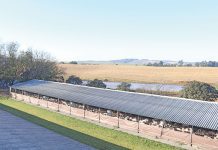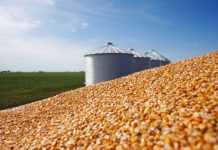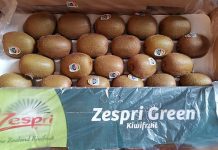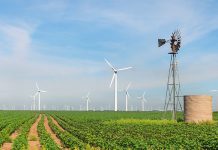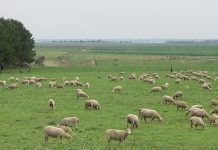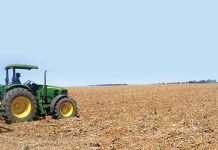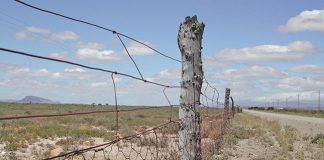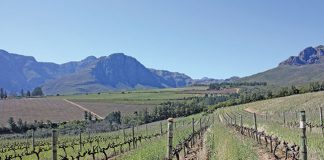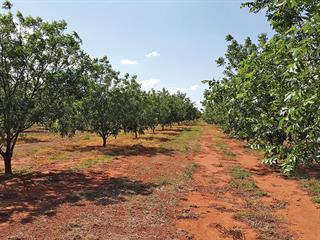
When compiling a valuation report on permanent crops, valuers take the following factors into account: area, crop type, plant population, orchard establishment, irrigation, location, yield history, orchard establishment, and orchard condition. The value allocated to an individual orchard should include the value of the land, water entitlement, trellising, the in-land irrigation system, and the value of the plants.
A crop’s value is not included ina normal fixed property valuation report, and is negotiated separately between buyer and seller.
Area
The first value factor to consider is the area in which the farm is located, as yield performance differs from area to area.
Climate is the most important aspect in determining whether a particular crop is adapted to an area and will produce well.
Other area-specific factors include distance to the market, the supply and stability of irrigation water, and perceptions about the best area for a crop.
Crop type
Different crop types have different values, and the same crop type’s values will differ from area to area. In addition, a farm’s orchards are valued separately.
In general, however, according to Farm Valuations in Practice by Pine Pienaar, crops are ranked as follows (from highest to lowest value): table grapes, deciduous fruit, citrus, macadamia, avocados, bananas, pecan nuts, and guavas. Permanent crops also differ in value according to age and cultivar.
Plant population
This influences orchard values in two ways:
At time of establishment
If an orchard is densely planted, the leaf area exposed to the sun is high when the trees are young. This means higher yield/ha and a higher orchard value.
Plants missing when mature
Missing plants will negatively influence production and thus value.
Irrigation
In most areas in South Africa, permanent trees or vine crops are planted under irrigation. Irrigation values are influenced by irrigation type and water allocation per hectare.
Location
The location of orchards on a farm influences the value of each orchard, and thus the value of the farm. Orchards next to busy gravel roads are negatively affected by dust pollution, while theft can be a problem alongside a busy road, especially if a property is not properly fenced. Distance to packhouses is a factor with fruit that bruises easily, such as bananas.
Yield history
Each crop and cultivar has a theoretical yield potential related to age and area. As orchards are evaluated individually, it is wise to evaluate the yield history of each orchard. Any progressive farmer should be able to submit such information.
Establishment
Orchards are usually established to be in production for at least 20 years, and the thoroughness of the establishment process is important. The soil must be properly prepared through cultivation, fertilisation and levelling.
Soil
Soil type is a major factor in the success of any orchard. Different crops favour different soil types, while almost all irrigated crops require well-drained soils with no layer in the subsoil that inhibits root development and causes waterlogging.
The favoured direction of the slope of the soil is important, and differs between crop types. Other factors to consider are the incline of the soil, ridging, row direction, trellising, and crop covering.
Condition
Physical condition influences value. Pruning and developing is a continual process that is crop- and cultivar-specific.
Disease will inhibit production and thus influence value negatively.
Symptoms of deficiency should therefore be properly assessed. Most deficiencies can be rectified easily by applications of the correct nutrient, although the period of recovery can differ.
If the pH of a soil is not rectified before planting, it is difficult to fix afterwards and larger quantities of nutrients will be required.
Consulted Source: Farm Valuations in Practice (Pienaar, 2013)

